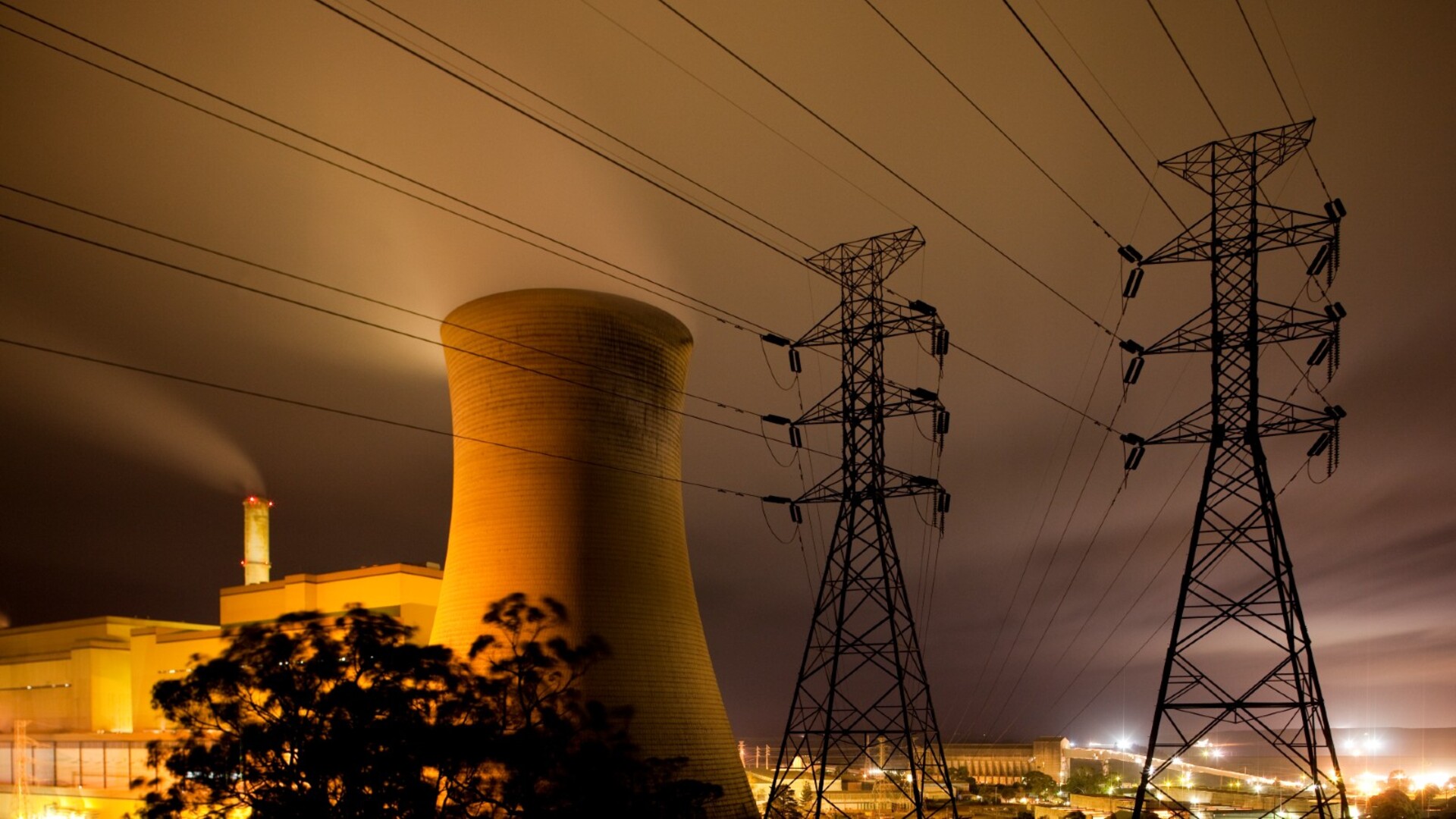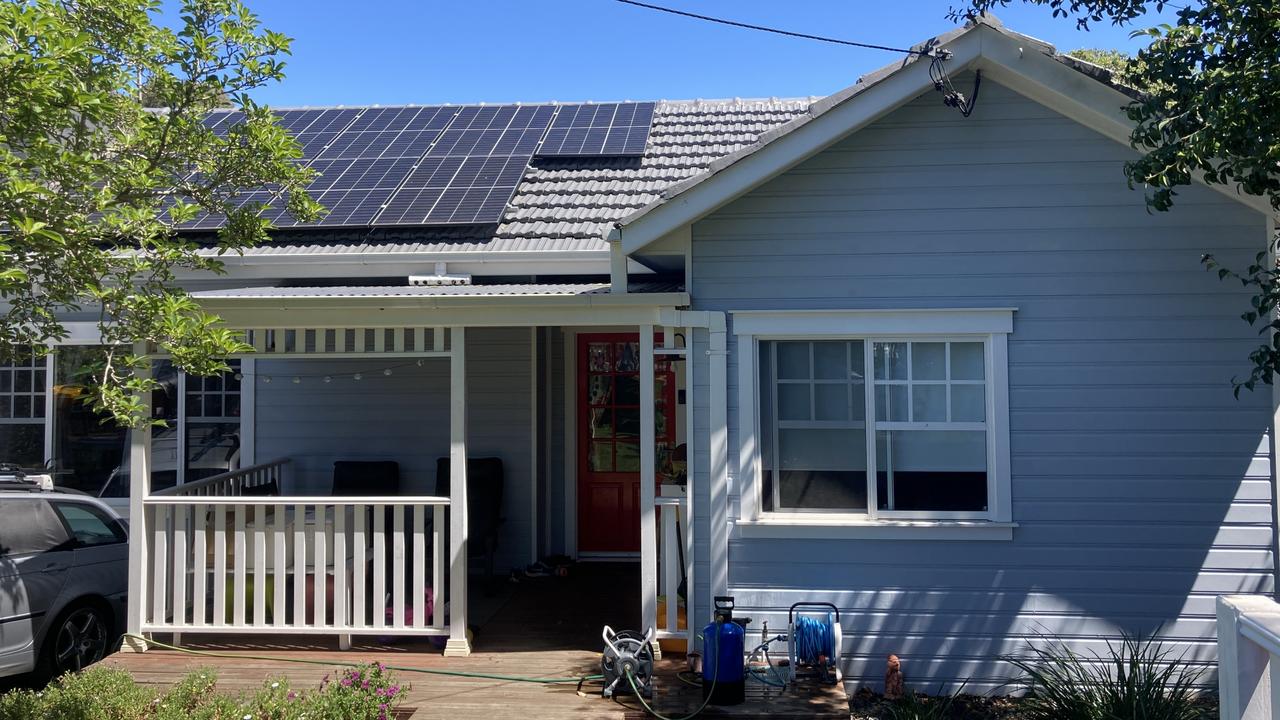Emergency diesel backstop approved as South Australia grid struggles to coexist with renewables
A rule change will see two diesel generators used to prop up the South Australia grid as the state struggles to reconcile renewables with ensuring grid security.

South Australia could draw on emergency diesel supplies this summer after the country’s energy regulator approved a last-ditch request to use two French-owned power generators to back up a grid that is increasingly struggling to coexist with record renewable penetration.
The rule change underscores the precarious nature of SA’s energy grid, which is widely lauded for its record solar penetration but requires regular intervention from the country’s energy market operator to ensure grid stability.
French utility ENGIE last year said it would mothball two diesel generators, the 75MW Port Lincoln and 63MW Snuggery facilities in SA until a final closure in 2028, as both struggled to financially compete with renewables.
The mothballing, which did not require the usual more than three years’ notice, was opposed by the state Labor government as official forecasts indicated SA faced a prolonged period of precarious energy supplies as a major transmission line that is expected to unlock a plethora of renewables suffered delays.
The 900KM cable, known as EnergyConnect, between SA and NSW is expected to allow more than 2GW of wind, solar and battery projects to connect into the main grid, but delays mean it is not expected to be ready until 2027.
Faced with a perilous energy outlook, SA Minister for Energy and Mining Tom Koutsantonis urged the Australian Energy Markets Commission late last year to issue an emergency rule change that would see Port Lincoln and Snuggery used as backups.
Mr Koutsantonis said both generators would be required only in a so-called Lack or Reserve 3 situation, the most precarious stage of alarm for authorities and when load shedding is the only other option.
Rushing through the change, which won’t be in force until the end of March, the AEMC said it had little choice but to approve the tweak. “While the commission remains committed to preserving the wholesale market as the primary means of ensuring reliability, this temporary measure is warranted given the unique combination of factors that exist,” the AEMC said in a statement approving the amendment.
Mr Koutsantonis applauded the rule change as necessary. “The state government makes absolutely no apology whatsoever for moving forthrightly to secure appropriate backup generation that ensures there is consistency of supply in the event of a gas shortage. I am glad AEMO has agreed to our request to grant the SA government authority to direct ENGIE to utilise two currently mothballed power stations at Snuggery and Port Lincoln if required between now and when the long-delayed interconnector to NSW comes online,” he said.
“The strong intent is that this safety-net need never be used; it is simply common sense to ensure we have every available lever to pull in the event of a gas shortage.
“I am not and have never been ideological when it comes to safeguarding energy supply.”
The Australian Energy Market Operator will now be able to negotiate with ENGIE for emergency reserves.
Representatives for ENGIE did not immediately comment on the rule change.
The possible use of diesel will, however, conflict with SA’s reputation as a leader in renewables, though the state government has taken an increasingly pragmatic approach to ensuring grid stability.
The state has the highest proliferation of rooftop solar and capacity can often exceed demand, much to the plaudits of renewable energy advocates.
With so much renewables increasingly making fossil fuel generators uncompetitive, authorities say they frequently have a lack of so-called synchronised capacity to ensure grid system security.
Should there be insufficient synchronised capacity, a major outage could pose a threat to the wider grid; as a result, AEMO is frequently forced to intervene and order gas power to be dispatched.
To head-off the problem, SA last year said it would hold annual tenders where generators and battery operators could bid for a contract to underwrite a portion of their revenue – a scheme the state said would be called the Firm Energy Reliability Mechanism.
In exchange for revenue certainty, those selected must ensure they can dispatch all year round.
The policy was heralded by Australia’s energy industry, which has long called for a similar scheme to be adopted across the country’s National Electricity Market.
Providing gas power stations some assurance of revenues will allow owners to begin new developments.
Until a scheme like the FERM, developers said they had no clarity around when a gas power station would be used and therefore could not proceed with multimillion-dollar developments.
The AEMO has said the country needs 13GW of new gas-powered generation to maintain reliability in the National Electricity Market as more wind and solar comes online.
The requirements of 13GW is the equivalent of 40 gas-fired plants the size of EnergyAustralia’s Tallawarra B, which became the first gas power station to be developed in years when it switched on earlier this year.






To join the conversation, please log in. Don't have an account? Register
Join the conversation, you are commenting as Logout